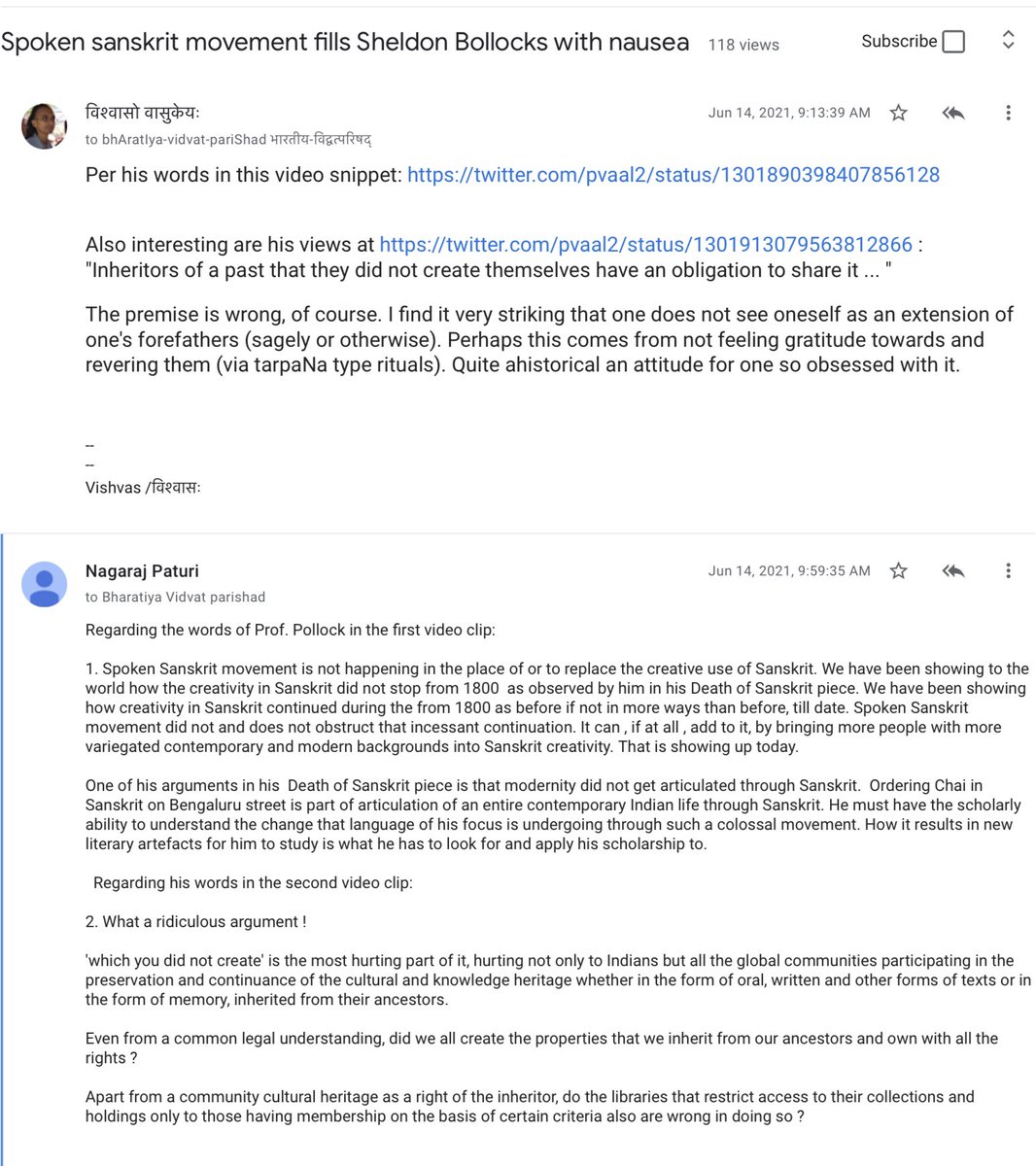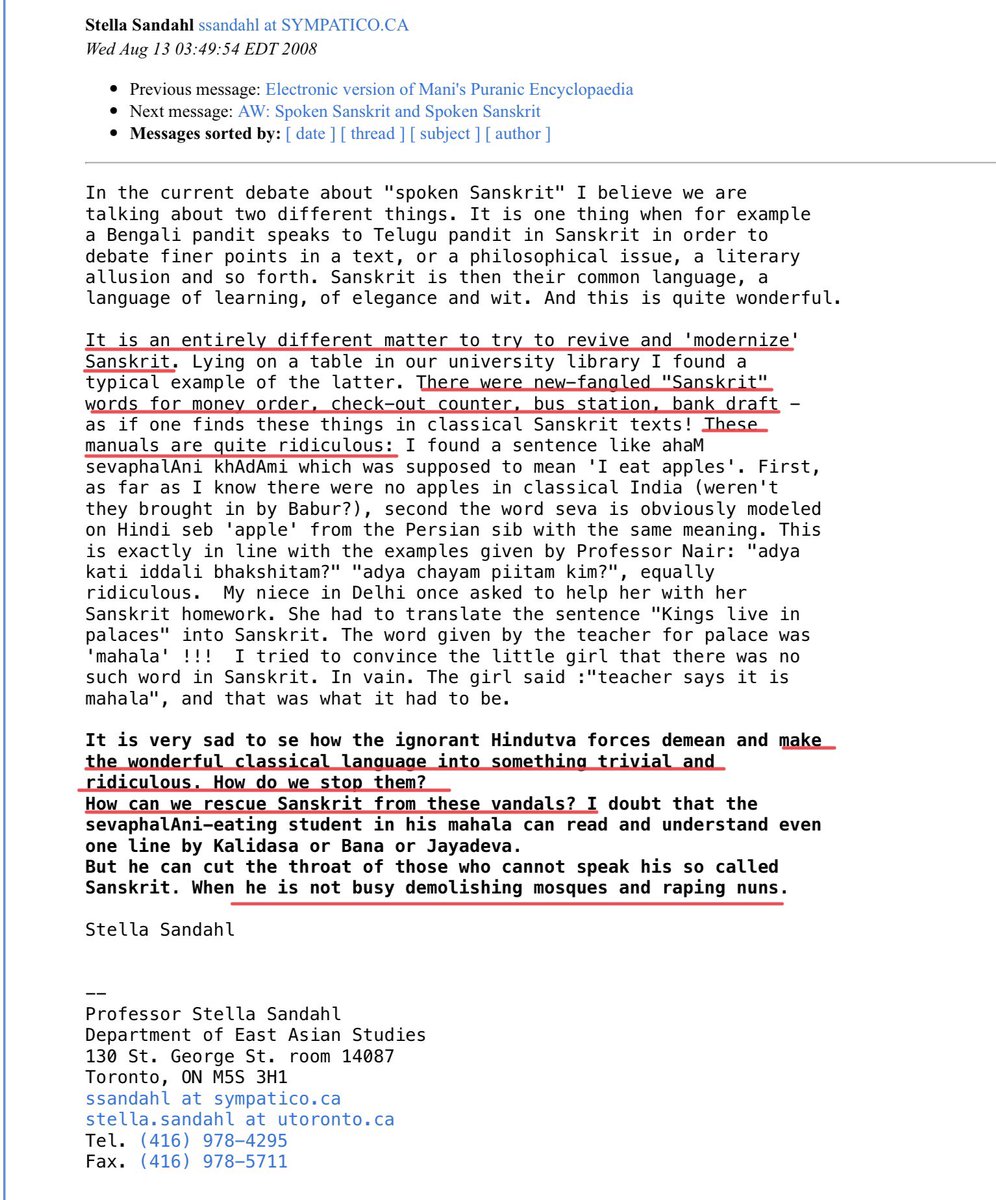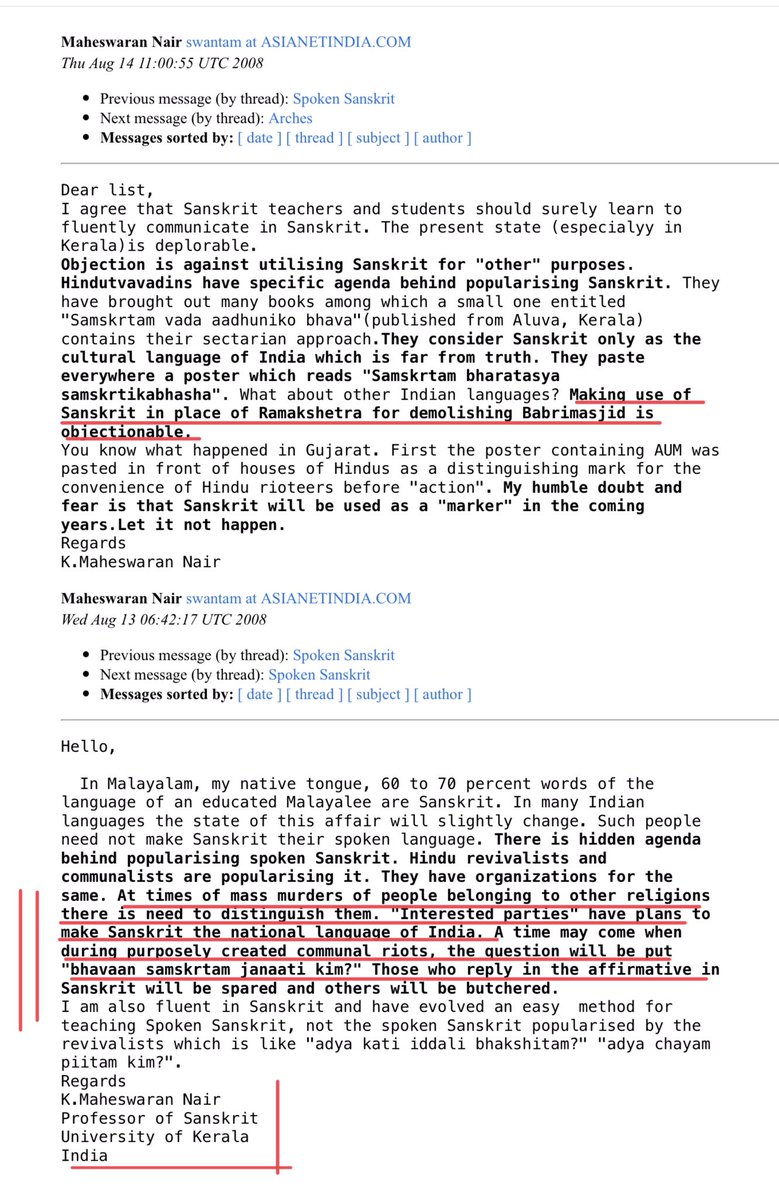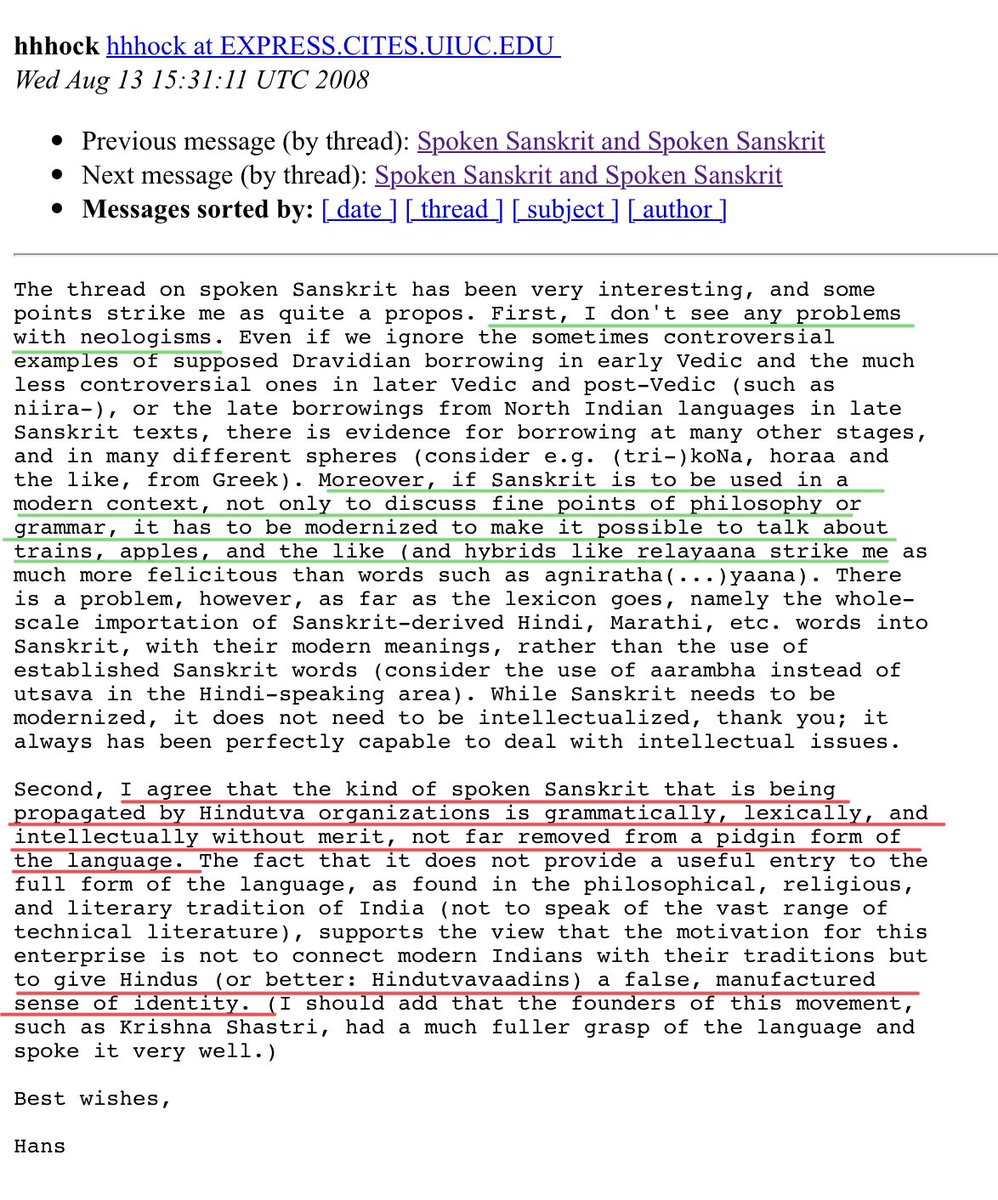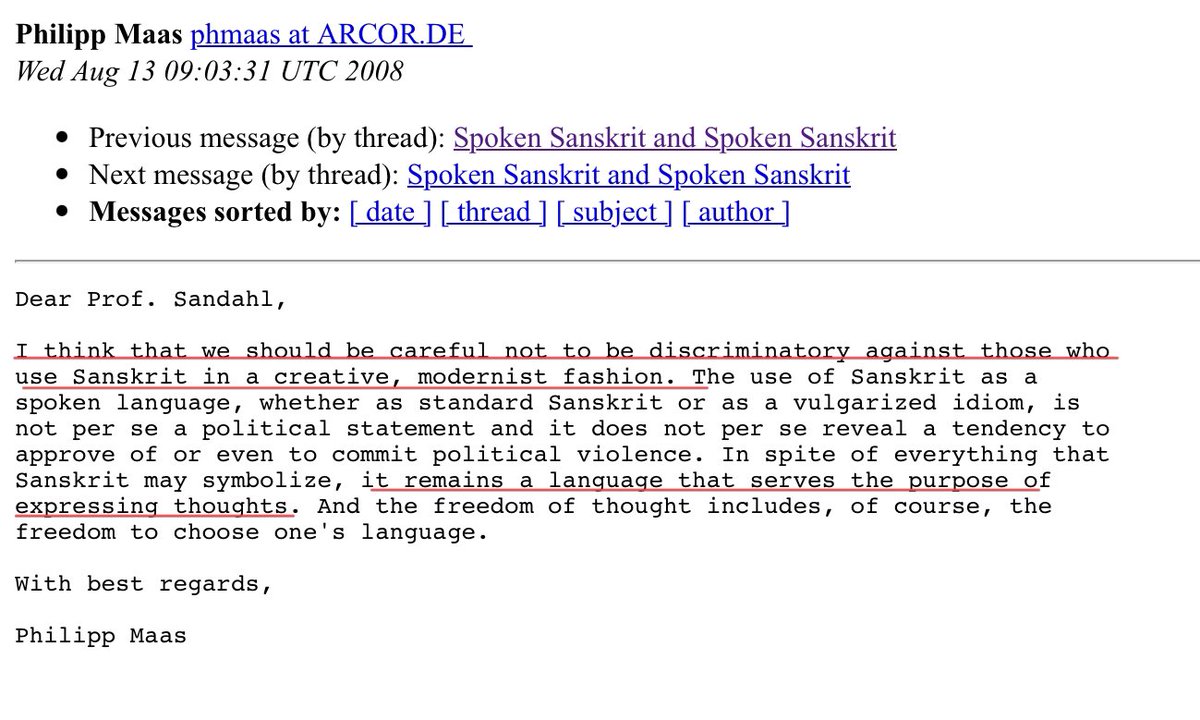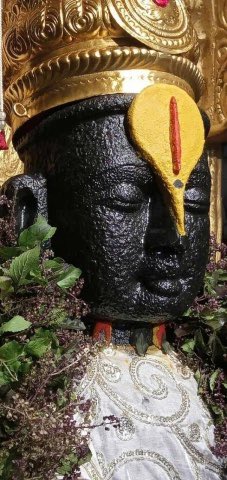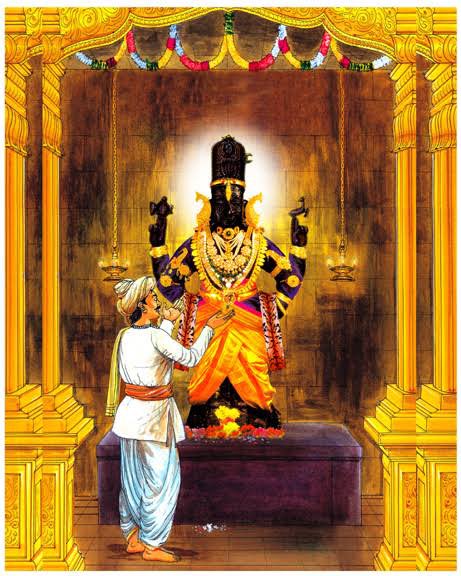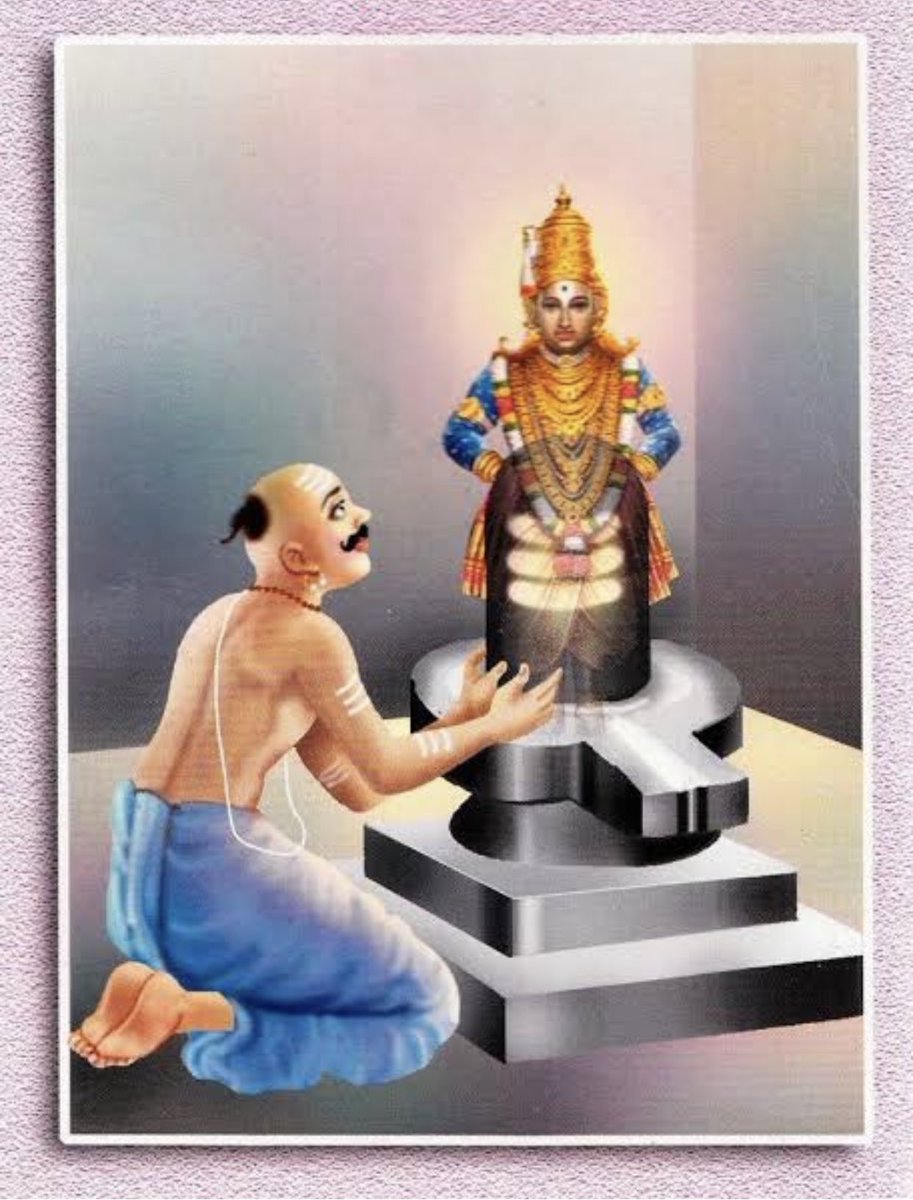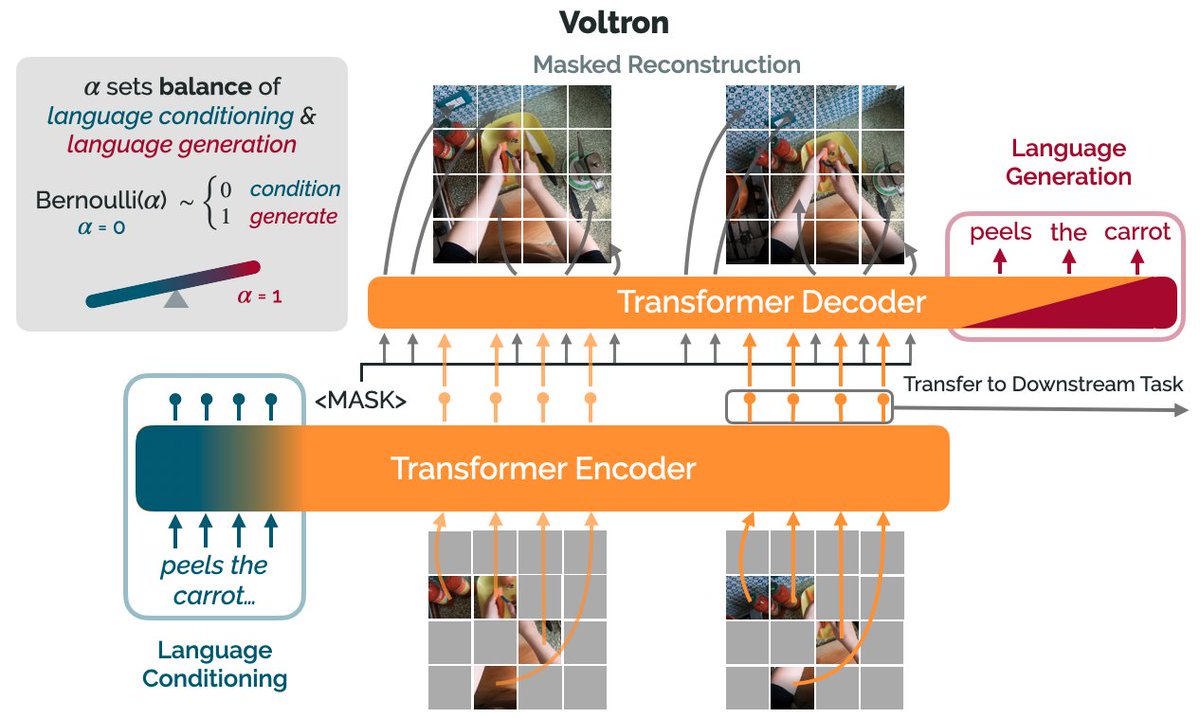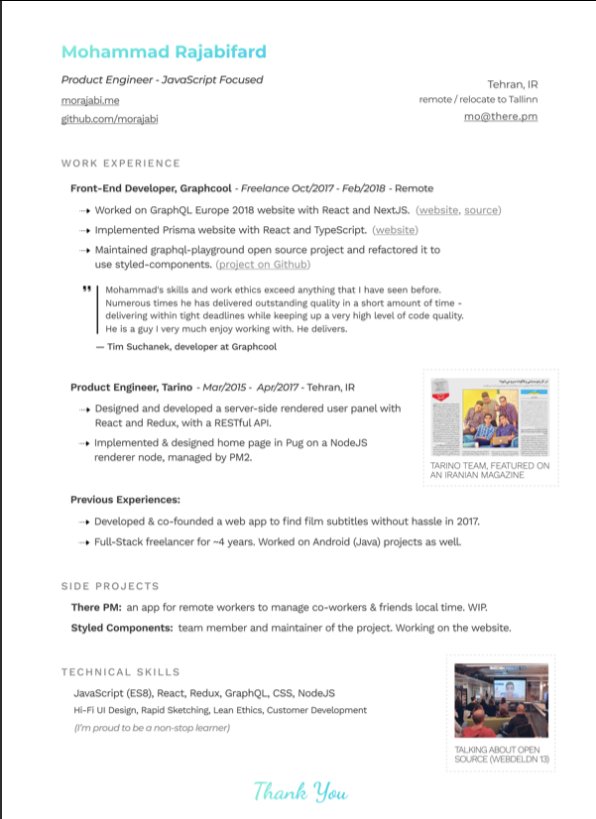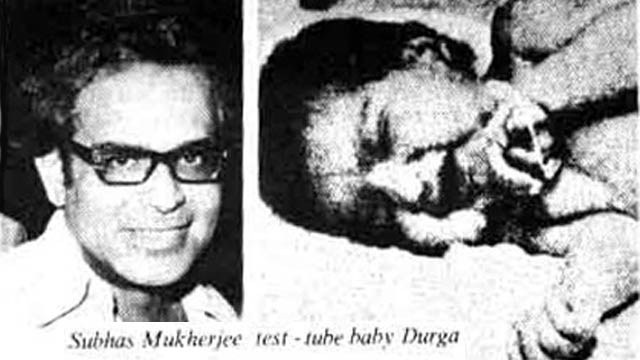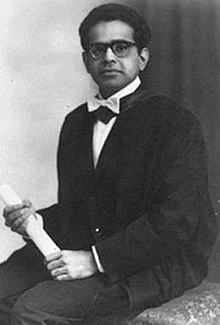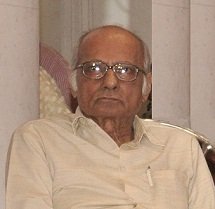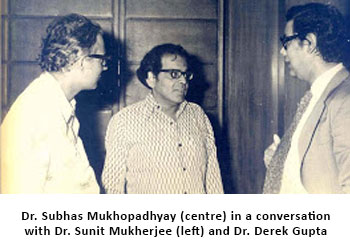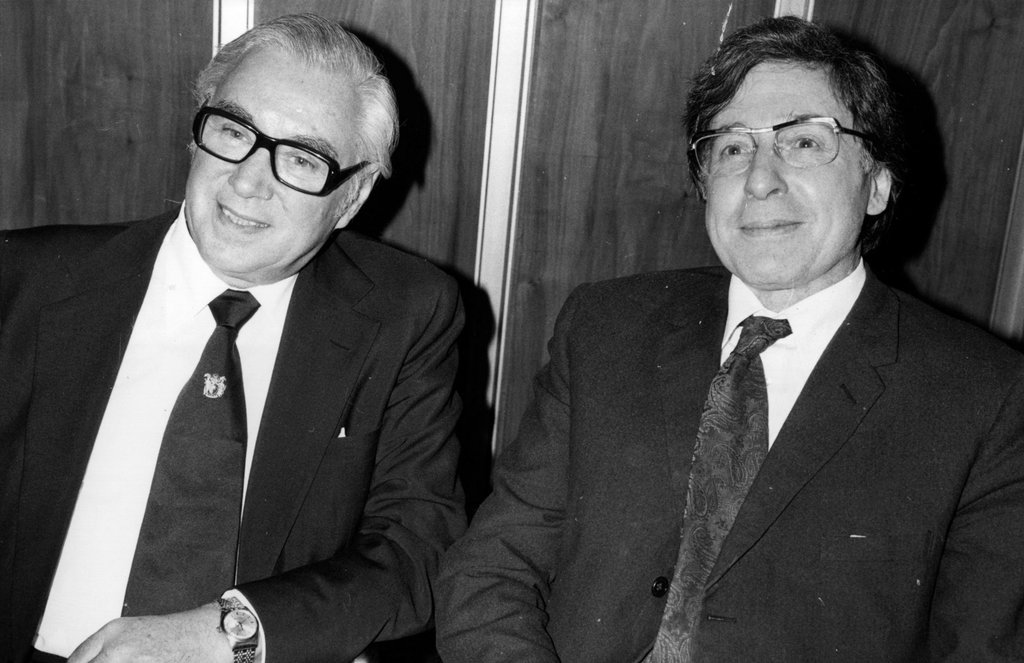The starting point - the famous chai video of Pollock (Padma Shri 2010)
Efforts to revive or ‘speak’ संस्कृतम् as exemplified by unwashed Hindoos trying to order चायपानीयम् in Sanscreet memorably filled Prof. Pollock with ‘nwosayae’ 😀
https://t.co/HMEfonAsnw
The evocatively titled Death of Sanskrit by Sheldon Pollock had crystallized the Indological view that Sanskrit is dead & its best left dead!
He also shared a horror of Hindoos, ‘Inheritors of a past that they did not create themselves’ actually daring to bring it back to life
https://t.co/lnunp8639E
Now most संस्कृतम् learners will find it most perplexing !
Why should an Indologist, a lifelong Sanskritist have such a horror of संस्कृतम् springing back to life?
किमर्थं भोः?
To help संस्कृतानुरागिनः understand their PoV, an instructive thread is attached
Prof. Stella Sandahl, an Emeritus Professor at Dept. of East Asian Studies has this opening remark
‘How can we rescue Sanskrit from these vandals’?
She claims that speaking Sanskrit is correlated with demolishing temples & violating nuns!
This is a Professor & a Sanskritist!
A raft of Indian compradors & native informants support this view
For e.g an Indian ‘Professor of Sanskrit’ is echoing the pernicious nature of spoken संस्कृतम्
So, भवान् संस्कृतं जानाति किम्? may be the Hindoo revivalist equivalent of the infamous East Pakistani lungi test🤯
HH Hock, a leading Indologist, takes a more nuanced , but still negative view
Spoken सरलसंस्कृतम् is a pidgin & creates a false, manufactured sense of Identity!
George Hart, a Sanskritist & Tamizh Indologist & a Padma Shri (2015) has this to say
The trouble with spoken Sanskrit is that its dumbed down! It creates a sense of arrogance & ‘superiority’! Doesn’t make you rap like Kalidasa!
There are of course, sane views also
Heres one
Probably panicking at the thought of having stepped on a land-mine, Professor Sandahl asks plaintively
‘Why can’t we let it be, a beautiful dead language’?🤡
Apparently Panini assassinated Sanscreet!🤯
This topic is relevant given a recent tweet on ‘scholars’ & twitter folks who rubbish them
These above screenshots shows the nature of politics/views connected with Indology scholarship
Staggering hypocrisy!
No wonder hotheads on either side quickly escalate to गाल्यः।😂
And to conclude by following the sane advice ‘do they even read a line’ of what they discussed, here is what Sarala Samskritam sets out to do!
https://t.co/ucYH5y5BuY
A few screenshots of the stated purpose & design of the सरलसम्स्कृतम् movement
Quite clear that it’s designed as a ‘gateway program’ & tries to be fully compliant with the Paninian framework
Coda
A whole bunch of privileged Indologists are fearful of unwashed masses learning संस्कृतम्, becoming aware & ‘horror of horrors’, ‘debating’ with them!
They fear संस्कृतम् will engender civilizational confidence
They fear a living संस्कृतम्।
पठतु संस्कृतम्। जयतु भारतम्।

